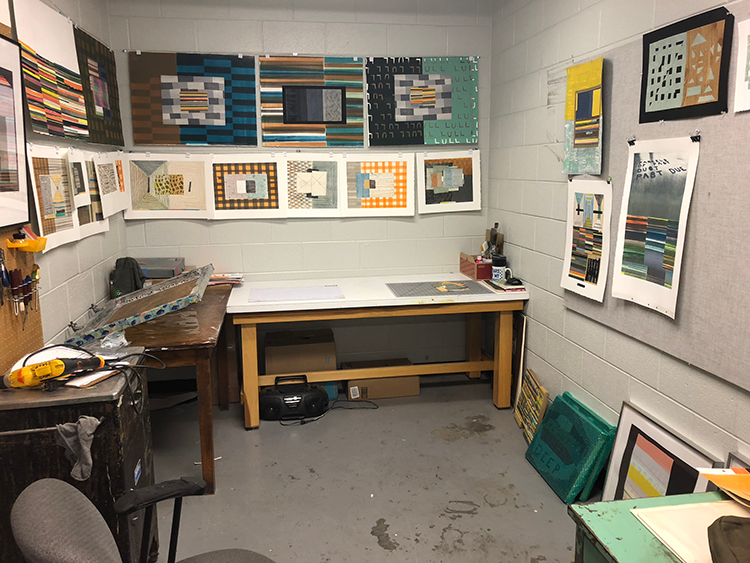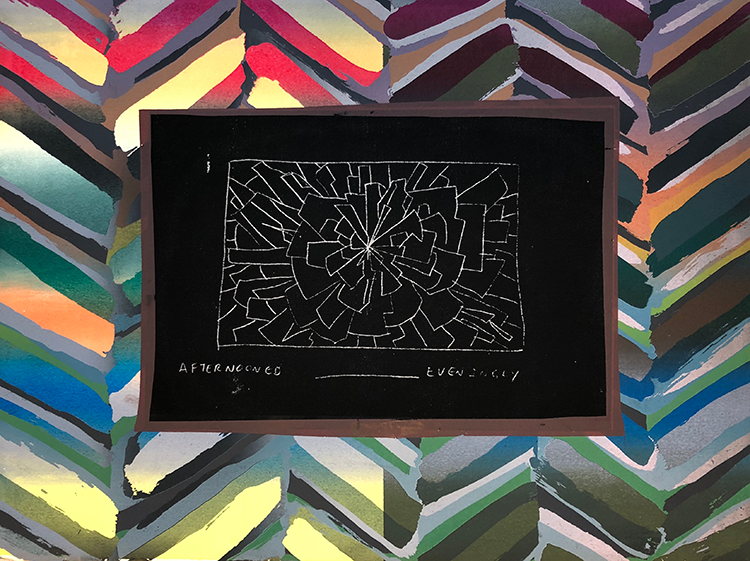If you’ve been waiting for an opportunity to break into 3D printing or take your skills to the next level, your wait is over! Right now is the perfect time to sign up for our showcase of 3D printing trends and innovations, 3D Printing in Aerospace, Construction, Consumer Goods, and Other Industries. The three-day online conference runs June 5-7 with seven speaker sessions from leading 3D printing companies in different areas of the industry.
In addition to the dynamic live speaker sessions each day, you have the option to split into small area-focused groups led by a mentor who will scaffold the class experience just for you. You’ll be exposed to the best 3D print programs via live demos, and you’ll emerge from the online conference inspired and ready to take the next step in the field of 3D printing.
We’ll kick things off on June 5 with Ir. Manuel Michiels of Materialise Software, where he will address one of the main challenges to raise productivity in metal additive manufacturing: support structures generation and removal. Michiels will show you how an innovative software like Materialise increases cost-efficiencies up to 90% in the metal production workflow. Further, he will talk about how the industry is evolving to increase the accuracy, traceability and repeatability necessary to enter mass manufacturing environments. And he’ll finish up his session by briefly giving a big-picture analysis and context to show the possibilities this innovation has for the manufacturing industry.
After a live Q&A, we’ll move into designer, maker, and engineer Salvador Richter’s inspiring presentation on the past, present, and future of the 3D printing. Richter is a 3D print design guru with decades of experience and insight as he has watched the industry evolve and transform over the years. You’ll have the chance to ask him questions and then you will have the chance to network and discuss in our online classroom, where you will find resources and recordings of the sessions just in case you want to look back at them.
For day 2, June 6, you’ll get the perspective of four expert speakers over three different sessions:
- Session 1 – Melanie Lang: “Formalloy Demo & Showcase | How Directed Energy Deposition with Short-Wavelength Laser Can Transform The Aerospace Industry”
- Session 2 – Tim Ruffner: “Sales Focus | Understanding the Applications for 3D Printed Metal Parts and How to Sell or Innovate With Them”
- Session 3 – Pete Weijmarshausen & Kat Kinkead, Co-Founders of Beheld: “When Will 3D Printing Hit the Mainstream Consumer?”
And on the last day, June 7, you’ll learn from Daniel Soltan, a materials development researcher who focuses on structural and infrastructural applications. He will share his findings on how printable, strain-hardening cementitious composites, also called “self-reinforced, printable cementitious composites,” can redefine the building-scale 3D printing industry at this current pivotal moment in development. He will talk about how this paradigm shift in how we select and design print materials offers building-scale 3D printing a necessary list of advantages to the construction industry.
Following Soltan’s Q&A, you’ll hear the last speaker session of the online conference from Autodesk’s Rob Cohee. In this session, learn how some of the world’s most innovative companies are using generative design with additive manufacturing to solve engineering challenges and come up with design solutions that the human mind could never conceive.
It’s your last chance to join in this incredible learning opportunity, so don’t hesitate: register today!
Sign up for our online conference here: 3D Printing in Aerospace, Construction, Consumer Goods, and Other Industries





































 RSS Feed
RSS Feed
